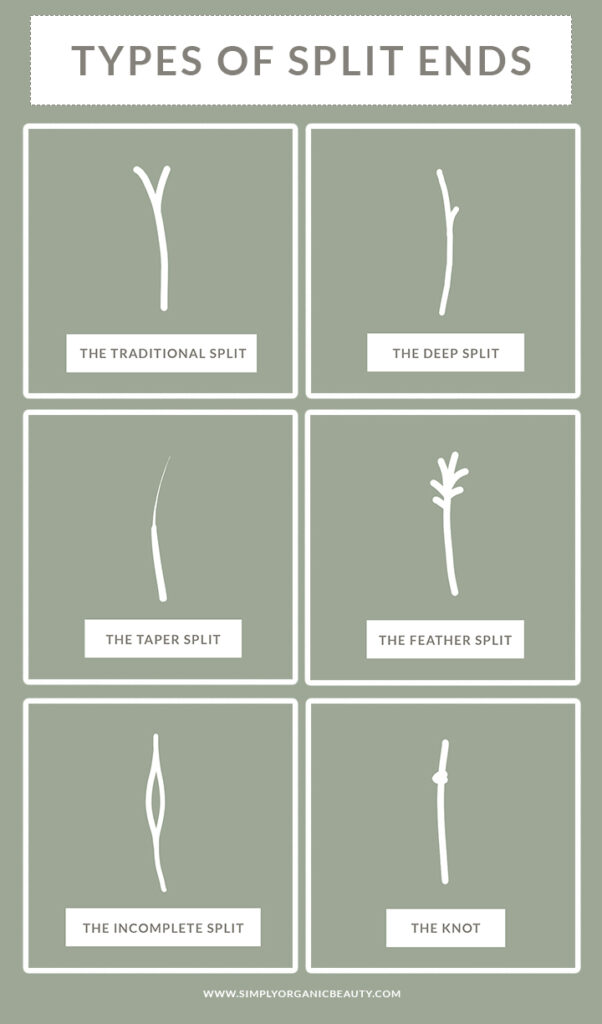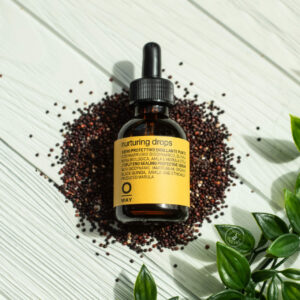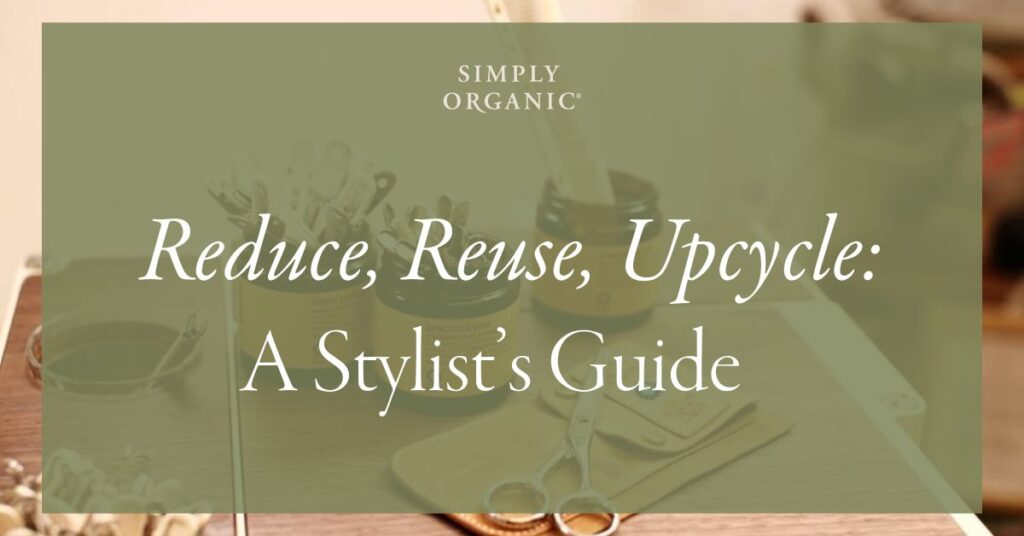Seasonal changes in weather can wreak havoc on the hair, causing dryness and damage like split ends. But aside from environmental stress, split ends can be brought about by a number of factors.
Thank you for reading this post, don't forget to subscribe!
In this article, we explore the different types of split ends, their causes and the holistic ways we can treat and prevent this issue.
Types & Causes of Split Ends
There are many types of split ends, but these are the common ones you can find in the hair.
The Traditional Split
The most common of all split end types, the Traditional is a sign of early split development, largely due to dehydration and friction. It’s mini counterpart, the Baby Split occurs for the same reason – so if you spot one be sure to trim it right away to prevent it from getting worse.
The Deep Split
This type of split is usually seen on hair that’s been chemically treated. This means damage has occurred in a certain spot, causing it to split.
The Feather Split
When the Deep Split is not addressed immediately, it evolves into a Feather type of split wherein the cuticle begins to peel away more on one side of the strand. This is a result of the hair undergoing excessive chemical treatments and infrequent trimming.
The Taper Split
This type of split is a sign of significant loss of cuticle layers, leaving the cortex exposed and vulnerable to even worse damage. Any type of chemical treatment is strongly discouraged.
The Incomplete Split
The Incomplete Split usually occurs because of rough styling. This means a certain spot is weak and will split soon if not trimmed.
The Knot
The Knot is commonly seen in curly hair girls. While this isn’t exactly a type of split end, it causes tangles and breakage at the knotty spot when not careful brushing.

Split Ends Treatment
Hair begins to wear out at around every 3-4 months. But apart from a good trim, there are several precautionary measures you can do to prevent split ends.
1. Limit the use of heat on hair. Heat is the hair’s worst enemy. When the hair is dehydrated, the cuticle starts to rise, leaving the hair vulnerable to harsh elements.

2. If you must use a heat, apply an organic serum before styling to prevent damage. As they say, prevention is better than cure. Applying a protective serum, like Oway Nurturing Drops, prior to using a heatstyling tool will keep the hair hydrated and guard it against damage.
3. Opt for rebuilding or deep conditioning treatment instead of chemical treatments. If the hair already has split ends, getting hair colored, bleached, permed or straightened will only cause more harm than good. Request for a repair or deep conditioning treatment, like Oway Rebuilding Treatment, to keep the hair in top shape. Oway’s Rebuilding Treatment infuses the hair with proteins and minerals lost from frequent chemical processes.
4. Eat a balanced, nutritious diet. What you eat will show through your hair. Make sure to consume food rich in Vitamin E and Omega fatty acids for healthy keratin production.
5. Drink plenty of water. If heat is the hair’s number one enemy, hydration is the hair’s best friend. Keeping your body hydrated will moisturize the hair and scalp, allowing every cell responsible for healthy hair to function properly.




